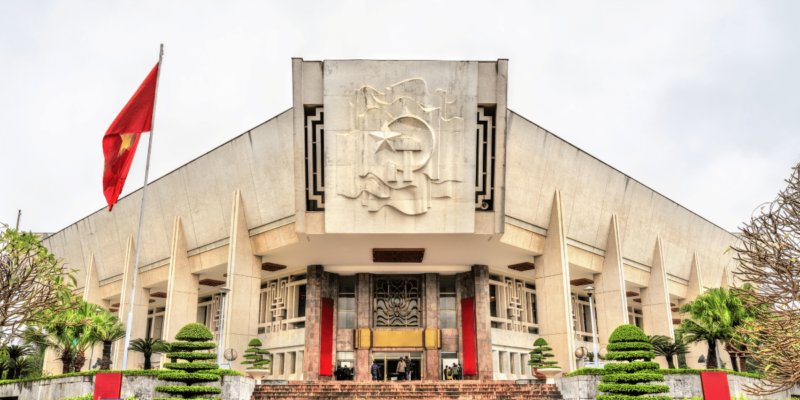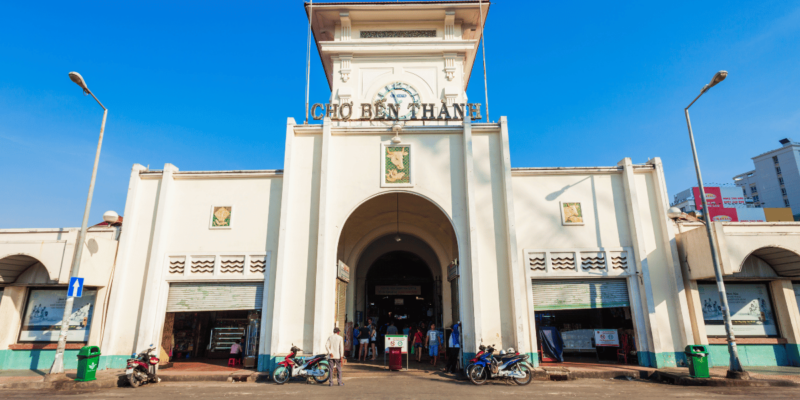Exploring More of Ho Chi Minh City: Beyond the Usual Tourist Paths
Reunification Palace: Nestled in the heart of the city, the Reunification Palace marks a site steeped in history. Originally the Norodom Palace, designed as a residence for the French Governor-General of Indochina, it was later transformed into the Presidential Palace for Ngo Dinh Diem. After surviving a dramatic aerial bombing intended to assassinate Diem, the original structure was replaced by the current building. Although the architecture might not impress at first glance, resembling a 1960s multi-storey car park, the interior remains a fascinating snapshot of the 1970s, untouched since the fall of Saigon.
Cho Lon – The Real Chinatown: Cho Lon, or “Big Market,” once a predominantly Chinese quarter, still pulses with the vitality of Saigon’s commercial heart. Despite the mass exodus of the Chinese community following the Vietnam War and during the Sino-Vietnamese conflicts, Cho Lon retains a significant Chinese cultural presence. Unlike the stylized Chinatowns of the West, Cho Lon offers an authentic glimpse into the everyday lives of its residents with bustling markets, traditional shops, and some of the city’s most significant temples and assembly halls. A visit here offers a deep dive into the layers of this vibrant district, where a half-day merely scratches the surface.
Dong Khoi Street – A Fashionable Return: Once known as Rue Catinat, Dong Khoi Street was the epitome of colonial elegance and a hub for Saigon’s elite. Over the decades, it saw a decline into debauchery with the influx of American soldiers, but today, it has reclaimed its status as a fashionable district in District 1. Strolling from the iconic Majestic Hotel past the Grand Hotel to the Saigon Opera House offers a delightful experience of the city’s colonial past blended with modern-day luxury. Cafés like Maxim’s serve as perfect spots for refreshment and people-watching.
Literary Footsteps – Graham Greene’s Saigon: Fans of Graham Greene might enjoy a themed walk around the city, tracing the settings of his novel “The Quiet American.” These spots echo the turbulent times depicted in his writings and offer a literary lens through which to view the city.
Jamia Muslim Mosque: Just a short detour from Dong Khoi on Dong Du, the Jamia Muslim Mosque offers an insight into the religious diversity of Ho Chi Minh City. While the mosque itself is modest, its attached dining room has become a popular spot for lunch, offering simple yet delicious meals.
Cultural Immersion: Each of these locations in Ho Chi Minh City provides a unique perspective on the city’s complex history and vibrant cultural tapestry. From the historical significance of the Reunification Palace to the authentic bustle of Cho Lon and the restored elegance of Dong Khoi Street, these sites encourage visitors to look beyond the typical tourist experience and engage more deeply with the city’s diverse heritage.


